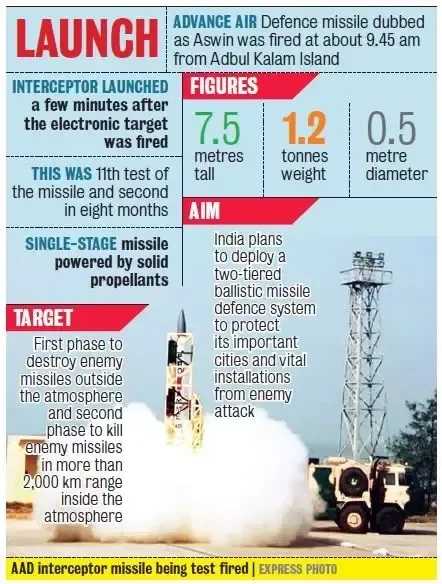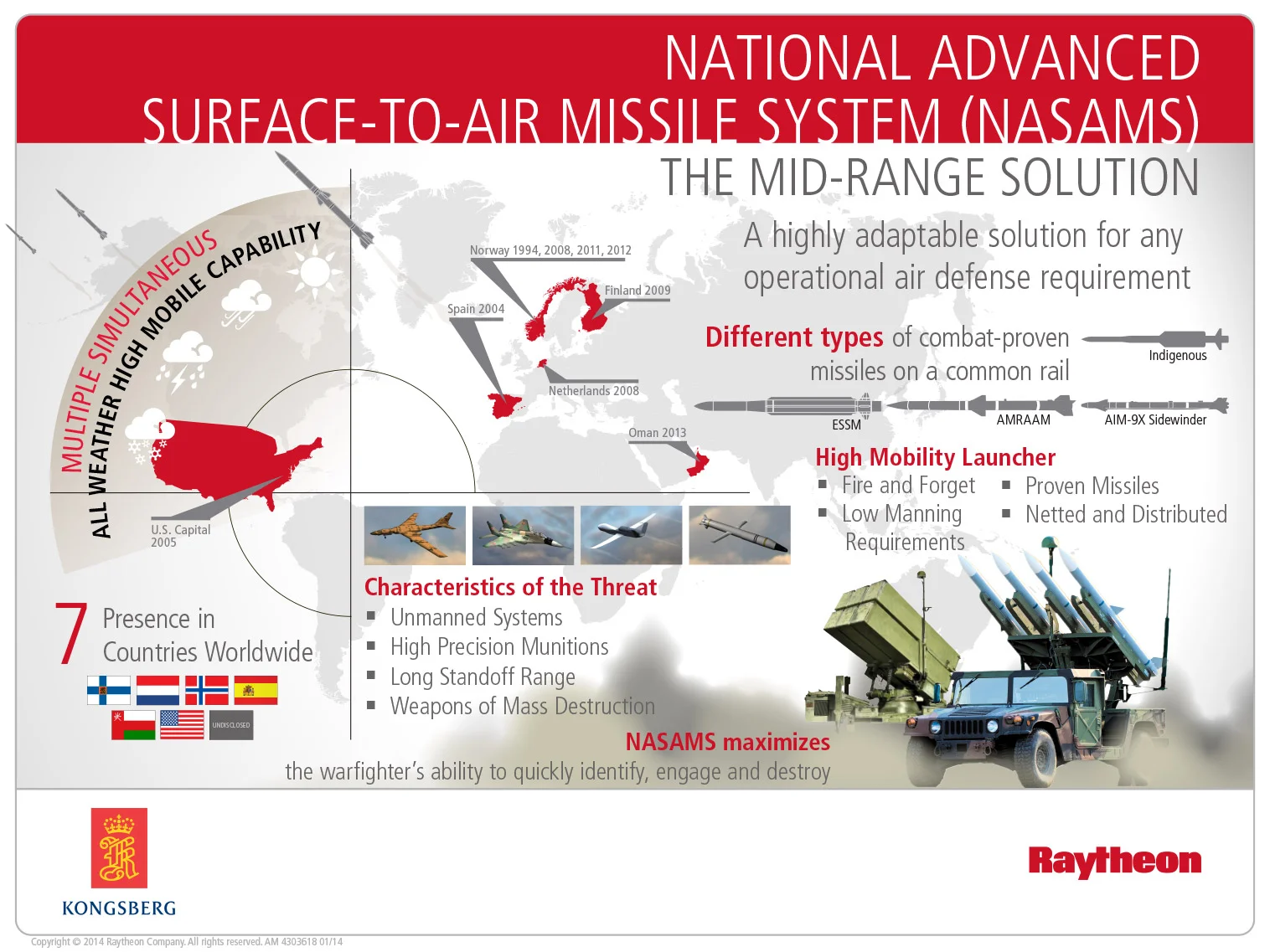![]() June 14, 2024
June 14, 2024
![]() 4183
4183
![]() 0
0
The Indian Ballistic Missile Defence (BMD) Program aims to protect the nation from ballistic missile threats with a layered defence system. Phase 1 focuses on intercepting missiles up to 2000 km using advanced technologies like PAD, AAD, and Prithvi Defence Vehicles. Phase 2 is in development to intercept missiles up to 5000 km. India is also integrating NASAMS-II and S-400 Triumf systems to enhance its air defence against various threats.
Indian Ballistic Missile Defence (BMD) Program: It is an initiative to develop and deploy a multilayered ballistic missile defence system to protect our country from ballistic missile attacks in two phases.

India is set to get NASAMS II from the USA, which will be used for New Delhi along with the BMD and the current air defence systems from Russia (Pechora) and Israel (Spyder).

Fractional Orbital Bombardment System (FOBS)
|
| Must Read | |
| Current Affairs | Editorial Analysis |
| Upsc Notes | Upsc Blogs |
| NCERT Notes | Free Main Answer Writing |
India’s efforts in ballistic missile defence are advancing steadily with the phased development of its BMD program.
<div class="new-fform">
</div>
Latest Comments